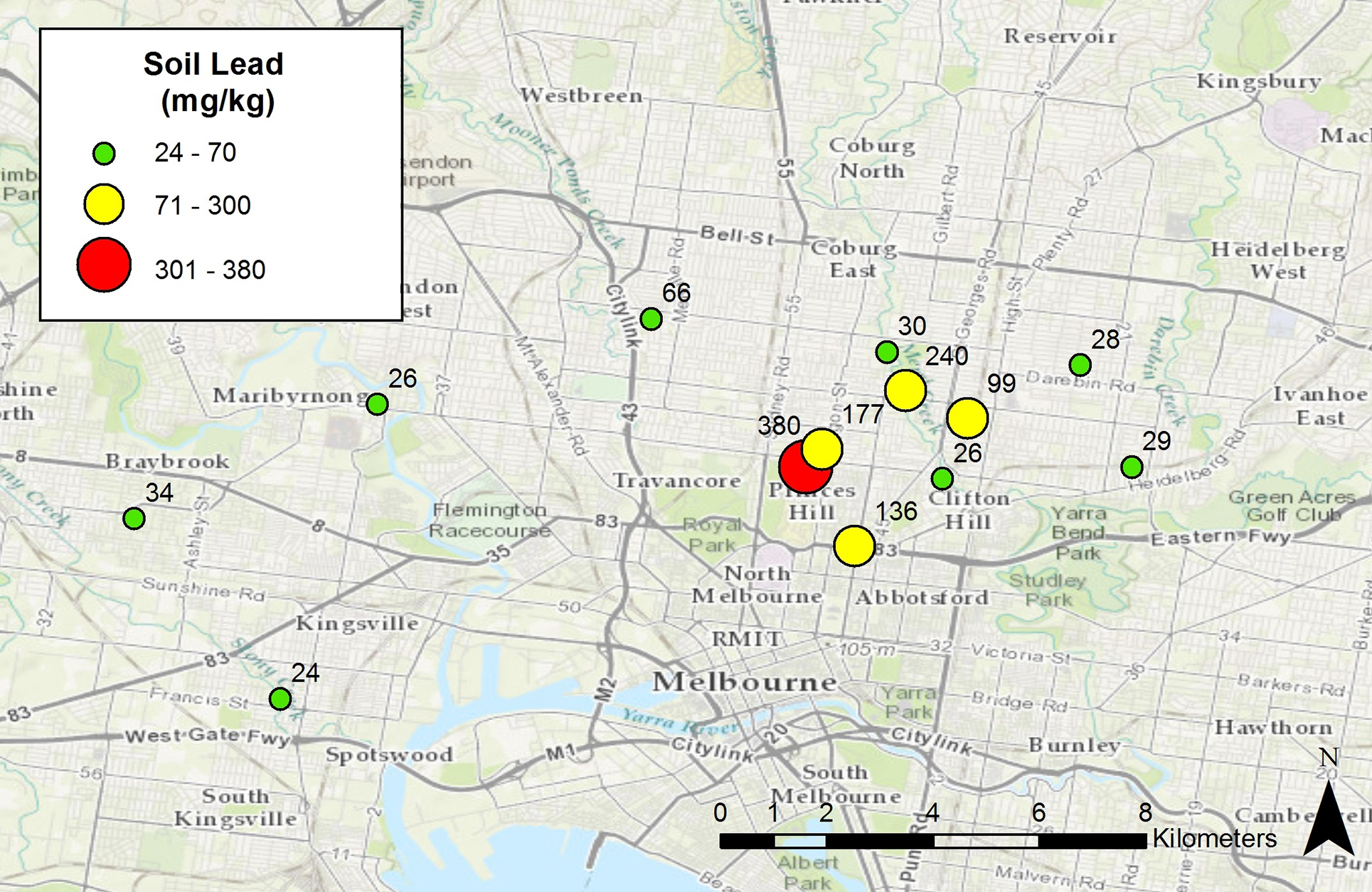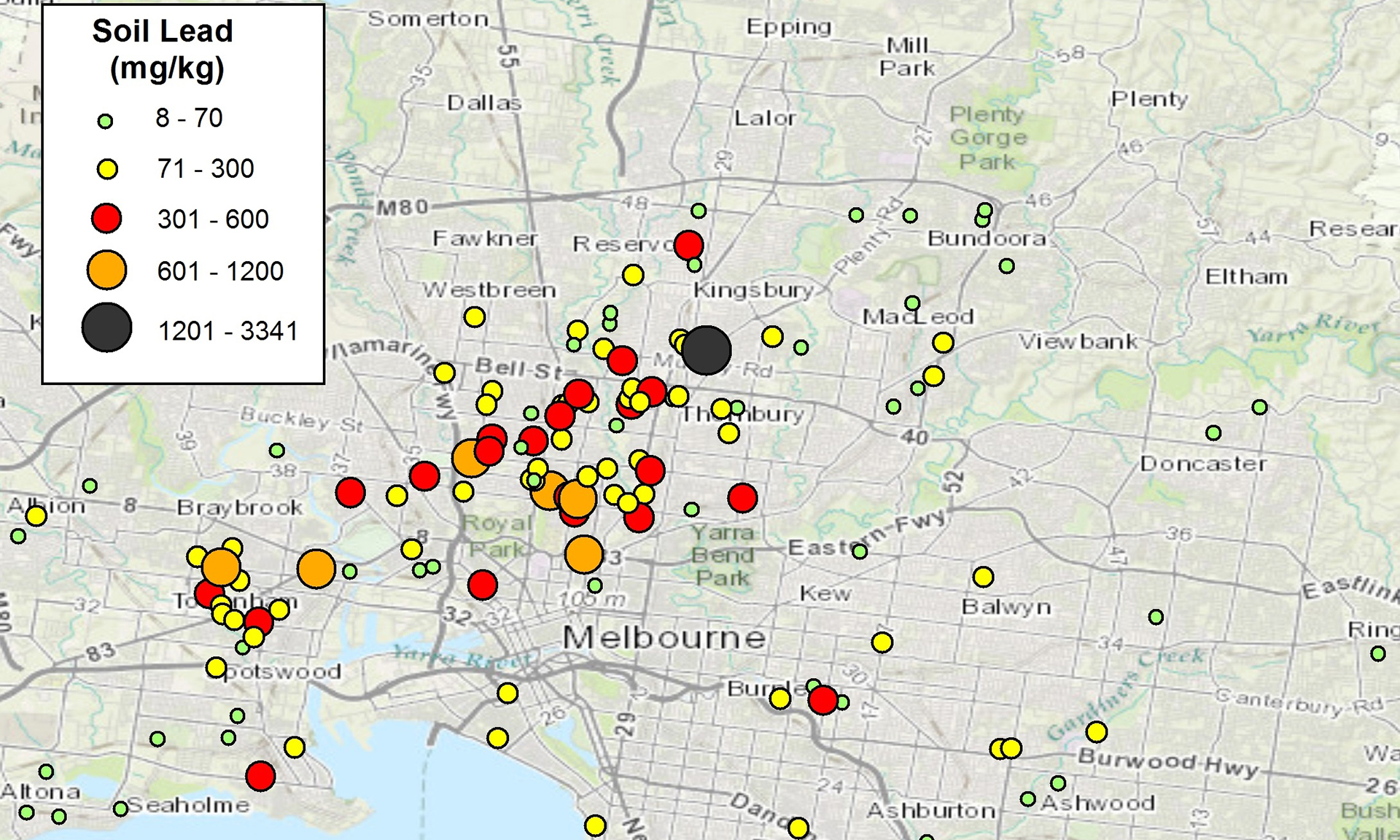From the burbs to the bay: GPS tracking reveals how litter travels
In a Victorian-first citizen science project, GPS-tracked bottles will be released in suburban waterways around Melbourne to reveal precisely how litter makes its way from our streets to our beaches.
New Research Hub to tackle global waste crisis
A major new Australian Research Council (ARC) Industrial Transformation Research Hub will focus on reducing landfill waste and transforming reclaimed waste into new materials for use in construction and other manufacturing sectors.
Making biodiesel from dirty old cooking oil just got way easier
Researchers have developed a powerful, low-cost method for recycling used cooking oil and agricultural waste into biodiesel, and turning food scraps and plastic rubbish into high-value products.
Reducing human impact in the Antarctic: Report
Findings from the first comprehensive environmental assessment of the Australian Antarctic Division’s Casey research station suggest better data will be key to reducing the impact of future operations.






